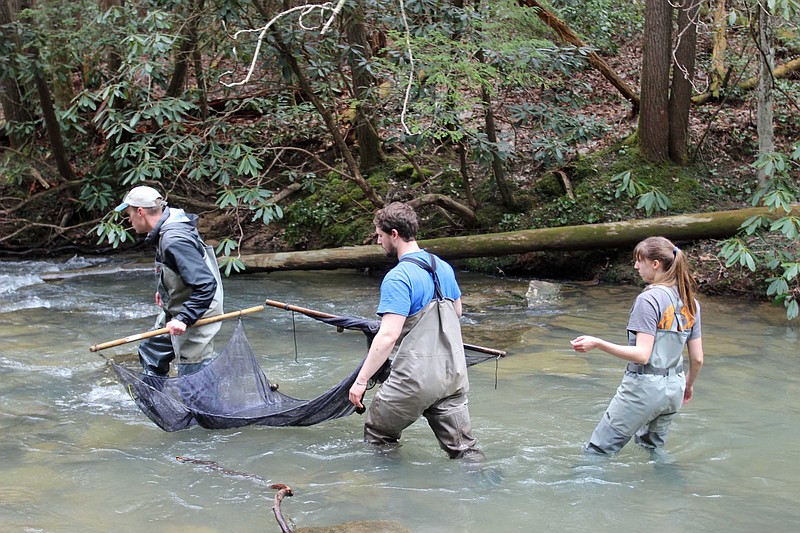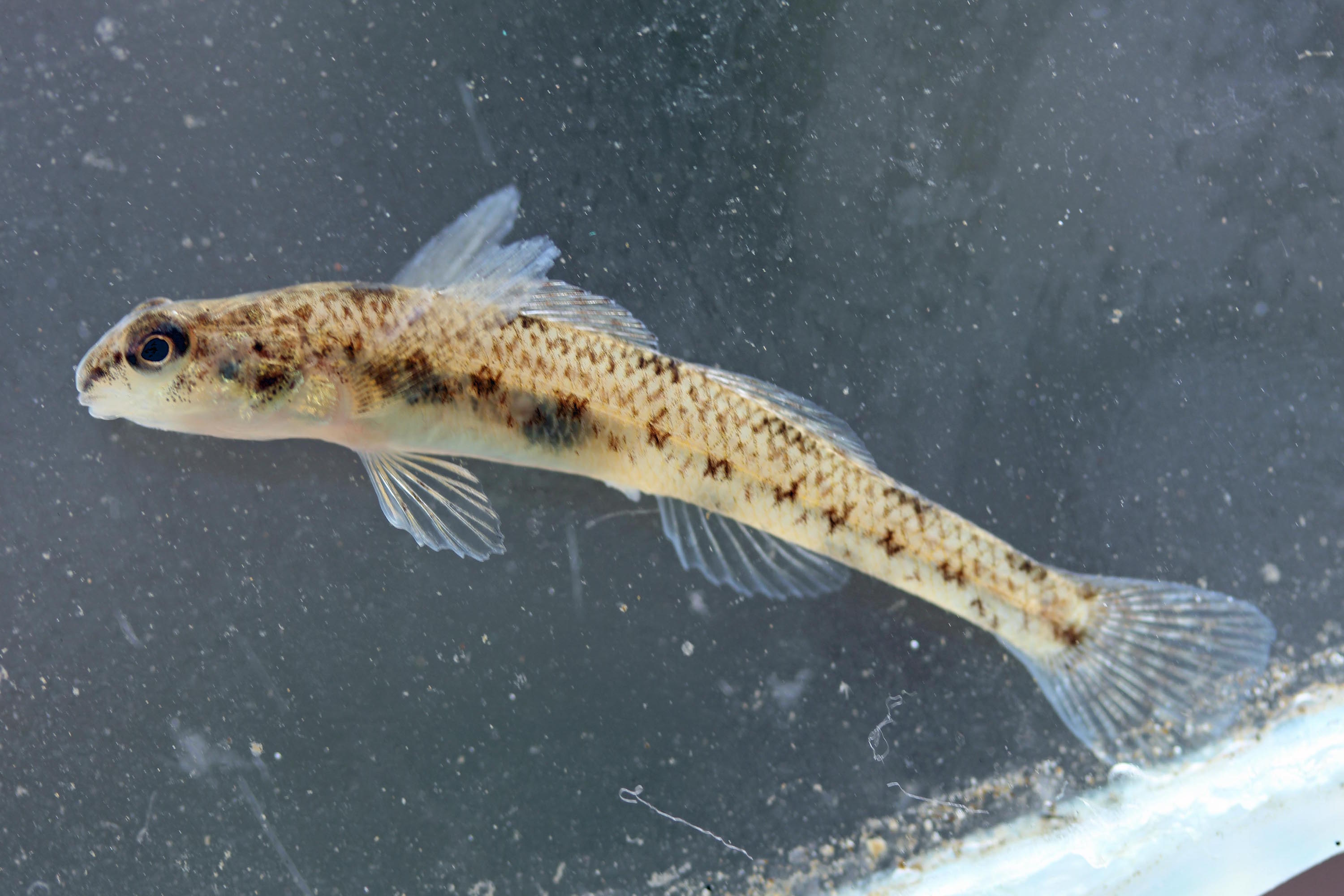A plan released for public comment would help recover a dwindling population of an endangered fish in Tennessee and Kentucky while restoring a critical part of the region's freshwater ecosystem, but some argue it comes at a hefty price.
The more-than-$35 million project provides a roadmap toward the recovery of the Cumberland darter, a small, pencil-sized fish found in nine widely separated populations in southeast Kentucky and north-central Tennessee. The plan released last week by the U.S. Fish and Wildlife Service outlines corrective action needed to keep the fish from becoming extinct, establishes criteria to aid in recovery and estimates the time and cost for implementing the plan.
How to comment
› Online: Email your comment to mike_floyd@fws.gov. Include “Cumberland Darter Draft Recovery Plan Comments” in subject line.› Mail: Written comments can be submitted to:Michael Floyd, U.S. Fish and Wildlife ServiceKentucky Ecological Services Field Office330 West Broadway, Suite 265Frankfort, KY 40601› Fax: 502-695-1024
"The primary goal of this recovery plan is to recover Cumberland darter populations to the point that listing under the [Endangered Species] Act is no longer necessary," the listing under the federal register reads.
The U.S. Fish and Wildlife Service is hoping the plan produces self-sustaining, viable and healthy populations with positive genetic trends, according to the listing. It outlines nine action items that would lead to the full recovery of the species, including restoring habitat, conducting research, raising public awareness and more.
The total estimated cost of the plan is $35.8 million, with an expected date of recovery scheduled for 2047. However, the estimate includes only costs for specific actions needed to achieve recovery, and some of the costs for recovery are not determinable. The plan notes "the total cost for recovery will be higher than this estimate."
Large government expenditures on species recovery projects have drawn the ire of fiscal conservatives for decades. The cost falls in line with other fish recovery plans across the region and the U.S. in recent years, but it's an expense some argue shouldn't be placed on taxpayers.
"In the big picture, we're broke," Ben Cunningham, spokesman for the grassroots political group Tennessee Tax Revolt Inc., said. "We have $21 trillion in debt. The deficit this year is going to be close to a trillion dollars, so the question of spending an addition $36 million on anything is crazy. But these little niche projects like this have very powerful environmental lobbyists behind them."
Cunningham would like to see species recovery handled at the foundational level.
Tennessee Aquarium biologist Bernie Kuhajda, who is helping the U.S. Fish and Wildlife Service with Cumberland darter research, believes the spending on the project won't come close to the estimate. He calls the plan a "wish list" and said it represents how much money would be needed to completely recover the fish. That doesn't mean money will be available to fully implement the plan.
"There's no way, even over the 30 years, that there's that kind of funding available for that fish," he said. "That's the ideal amount that would potentially be needed to recover the species, but the funding isn't there."
Kuhajda traveled to Kentucky with a group of biologists to conduct research that will be used to determine the species' status, demographics, population genetics and trends.
The fish was listed as endangered in 2011. Total population numbers are not available, but federal research has found the species is uncommon and occurs in low densities, according to the listing.
The biggest threat to the fish has been the modification of streams from residential development, road construction, mining, agriculture and logging. These threats have destroyed the Cumberland darter population in six additional watersheds, according to the listing, and further development could completely wipe out the instrumental member of the region's renowned ecosystem.
"Aquatic ecosystems give us clean drinking water," Kuhajda said. "The Cumberland darter is a part of that healthy aquatic ecosystem. If you lose the Cumberland darter, you are losing a piece of that ecosystem. It's like taking a brick out of the foundation of a house. As you lose more and more species from the aquatic ecosystem, it's going to work less and less efficiently. Going back to the analogy, eventually, the house is going to collapse."
Contact staff writer Mark Pace at mpace@timesfreepress.com or 423-757-6659. Follow him on Twitter @themarkpace and on Facebook at Chattanooga OutdoorsTFP.

